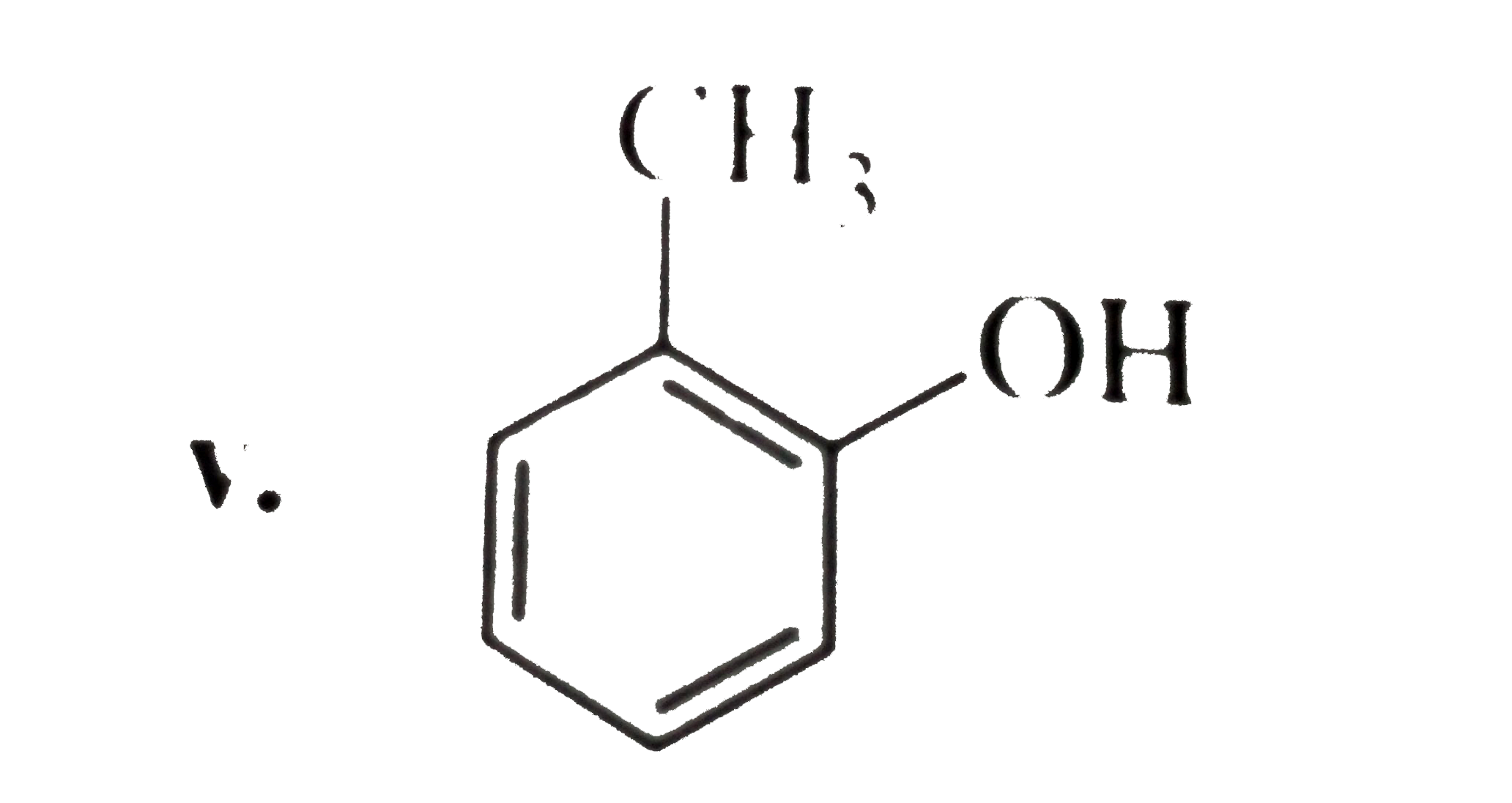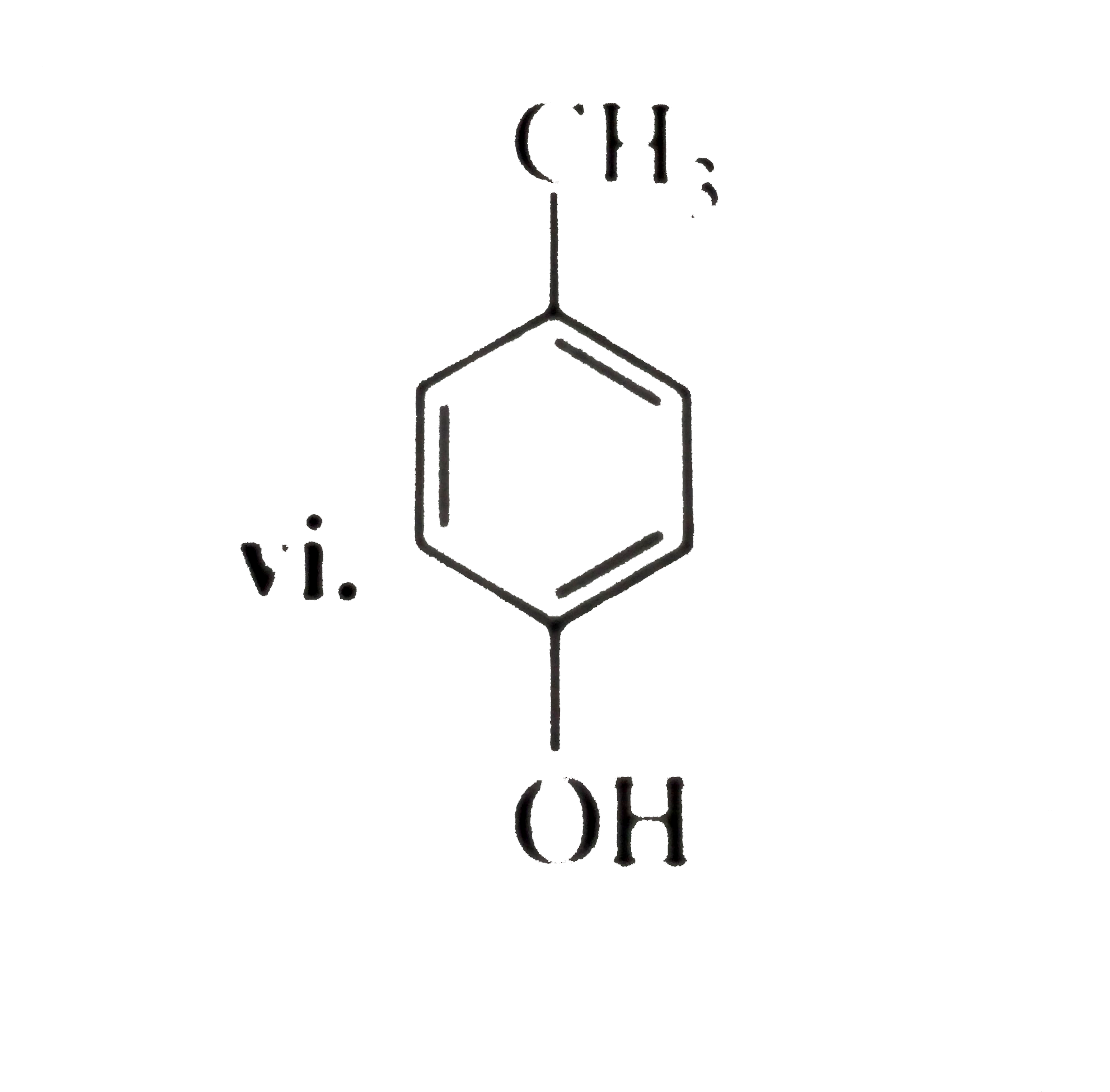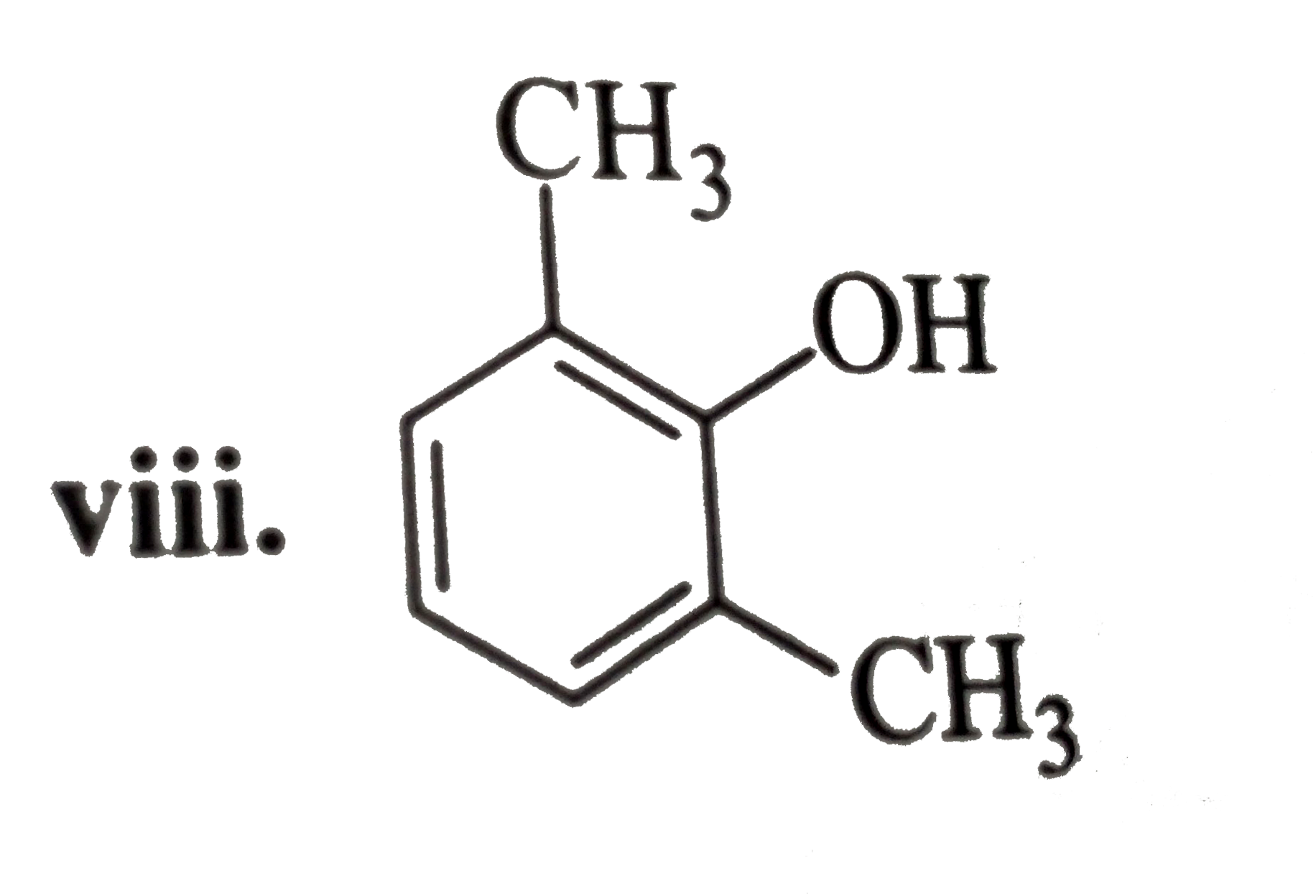Given the IUPAC of the following alkanes:
(i) CH3−C∣CH2∣CH3H−CH2−CH3∣C∣CH3−CH3
To determine the IUPAC name of the given alkane, follow these steps:
Step 1: Identify the Structure
The given structure is a complex alkane with multiple substituents. First, we need to visualize the structure clearly to identify the carbon chain and substituents.
Step 2: Select the Parent Chain
- Look for the longest continuous carbon chain. In this case, there are two possible chains:
- One chain has 5 carbon atoms.
- The other chain has 6 carbon atoms.
Since we want the longest chain, we will choose the chain with 6 carbon atoms.
Step 3: Number the Parent Chain
- Number the carbon atoms in the parent chain starting from the end closest to the first substituent.
- If we number from one end, we get:
- 1, 2, 3, 4, 5, 6
- Identify the positions of the substituents (methyl groups) based on this numbering.
Step 4: Identify and Count Substituents
- In the structure, we can see there are three methyl (–CH₃) substituents.
- Their positions based on our numbering are:
- Two methyl groups at position 2 (2,2)
- One methyl group at position 4 (4)
Step 5: Apply the Lowest Sum Rule
- Calculate the sum of the positions of the substituents:
- From the numbering 1, 2, 3, 4, 5, 6, we have:
- 2 (for the first methyl) + 2 (for the second methyl) + 4 (for the third methyl) = 8.
- If we had numbered from the other end, the positions would yield a higher sum (13), thus confirming our chosen numbering is correct.
Step 6: Write the IUPAC Name
- Combine the substituent names and their positions:
- The substituents are 2,2,4-trimethyl.
- The parent chain is hexane (since it has 6 carbon atoms).
- Therefore, the complete IUPAC name is 2,2,4-trimethylhexane.
Final Answer
The IUPAC name of the given alkane is 2,2,4-trimethylhexane.
---
The given structure is a complex alkane with multiple substituents. First, we need to visualize the structure clearly to identify the carbon chain and substituents.
- Look for the longest continuous carbon chain. In this case, there are two possible chains:
- One chain has 5 carbon atoms.
- The other chain has 6 carbon atoms.
Since we want the longest chain, we will choose the chain with 6 carbon atoms.
- Number the carbon atoms in the parent chain starting from the end closest to the first substituent.
- If we number from one end, we get:
- 1, 2, 3, 4, 5, 6
- Identify the positions of the substituents (methyl groups) based on this numbering.
- In the structure, we can see there are three methyl (–CH₃) substituents.
- Their positions based on our numbering are:
- Two methyl groups at position 2 (2,2)
- One methyl group at position 4 (4)
- Calculate the sum of the positions of the substituents:
- From the numbering 1, 2, 3, 4, 5, 6, we have:
- 2 (for the first methyl) + 2 (for the second methyl) + 4 (for the third methyl) = 8.
- If we had numbered from the other end, the positions would yield a higher sum (13), thus confirming our chosen numbering is correct.
- Combine the substituent names and their positions:
- The substituents are 2,2,4-trimethyl.
- The parent chain is hexane (since it has 6 carbon atoms).
- Therefore, the complete IUPAC name is 2,2,4-trimethylhexane.
The IUPAC name of the given alkane is 2,2,4-trimethylhexane.
Topper's Solved these Questions
- CLASSIFICATION AND NOMENCLATURE OF ORGANIC COMPOUNDSBOOK - CENGAGE CHEMISTRY ENGLISHCHAPTER - CLASSIFICATION AND NOMENCLATURE OF ORGANIC COMPOUNDSEXERCISE - Solved Example
5 Videos
- CLASSIFICATION AND NOMENCLATURE OF ORGANIC COMPOUNDSBOOK - CENGAGE CHEMISTRY ENGLISHCHAPTER - CLASSIFICATION AND NOMENCLATURE OF ORGANIC COMPOUNDSEXERCISE - Exercises
10 Videos
- CHEMICAL EQUILIBRIUMBOOK - CENGAGE CHEMISTRY ENGLISHCHAPTER - CHEMICAL EQUILIBRIUMEXERCISE - Subjective type
1 Videos
- GENERAL ORGANIC CHEMISTRYBOOK - CENGAGE CHEMISTRY ENGLISHCHAPTER - GENERAL ORGANIC CHEMISTRYEXERCISE - Analytical and Descriptive
1 Videos
Similar Questions
Give IUPAC name of:
(i) CH3−CH2−C∣CH2∣CH3H−CH3∣C∣CH3−CH2−OH3

View SolutionWrite its IUPAC name
CH3−CH∣CH3−CH2−CH3∣C∣CH2−CH3
View SolutionGive the IUPAC names of the following compounds :CH3CH3−CH3∣C∣CHO−CH2CH3
View SolutionGive the IUPAC names of the following compounds :CH3CH3−CH3∣C∣CHO−CH2CH3
View SolutionThe IUPAC name of following compound is:
CH3CH2−H∣C∣CH3−C4H9∣C∣CH3−CH3
View SolutionThe reaction
CH3−CH3∣C∣CH3−ONa+CH3CH2Cl→CH3−CH3∣C∣CH3−O−CH2−CH3
is called
View SolutionGive the IUPAC name of the compound
CH3−C∣CH3H−C∣OHH−CH3∣C∣CH3−CH3
View SolutionCH3−CH3∣C∣CH3−CH=CH−CH3H−Cl−−−→ ?
View SolutionWrite the IUPAC name of the following compound:
CH3−O−CH3∣C∣CH3−CH3
View SolutionWrite IUPAC names of the following compounds:
i. CH3−CH∣CH3−CH∣OH−CH3∣C∣CH3−CH3
ii. H3C−C∣OHH−CH2−C∣OHH−C∣C2H5H−CH2−CH3
iii. CH3−C∣OHH−C∣OHH−CH3
iv. HO−CH2−C∣OHH−CH2−OH
v. vi.
vi. 
vii. viii.
viii. 
ix. CH3−O−CH2−C∣CH3HCH3
x. C6H5−O−C2H5
xi. C6H5−O−C7H15(n−−−)
xii. CH3−CH2−O−C∣CH3H−CH2−CH3
View Solution
